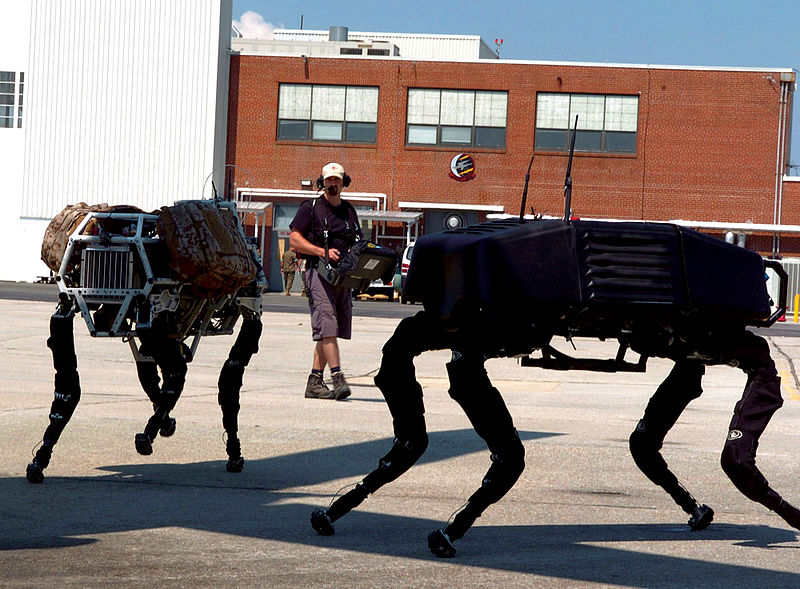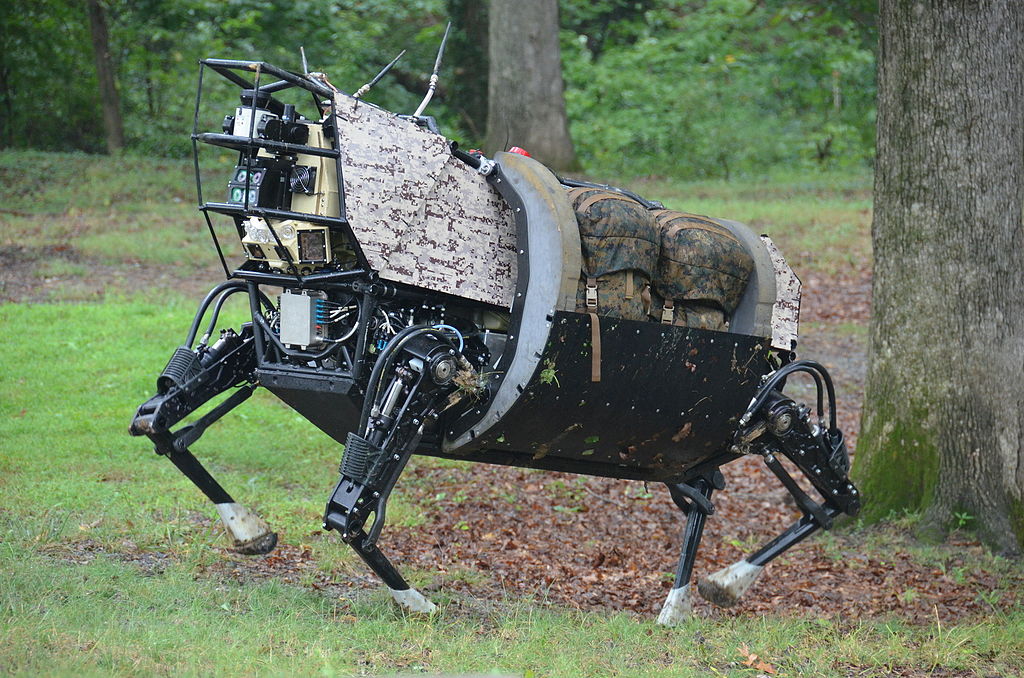Within the robotics industry, there are only a few companies that are as focused and as dedicated to making innovative and high-quality robots like Boston Dynamics. Founded in 1992 in Waltham, Massachusetts, Boston Dynamics was created by electrical engineering expert Marc Raibert, who dreamed of producing advanced bipedal and quadrupedal robots that can help humans in the future when it comes to performing both simple and complex tasks.
Today, Boston Dynamics is still thriving when it comes to innovations, and in the future, the company may be able to mass-produce their best creations through investors that are impressed about their dedication and commitment to robotics. To know more about this robotics company, here is a brief introduction to Boston Dynamics.
Founding and Acquisitions of Boston Dynamics
Boston Dynamics was founded by MIT Electric Engineering and Computer Science professor Marc Raibert in 1992 in Massachusetts, a state in the United States. The company was a spinoff business by the Massachusetts Institute of Technology or MIT, which was made possible through Raibert’s connections to the establishment.
While Boston Dynamics is a robotics company, it didn’t actually make robots during its early years. Instead, the company focused on replacing naval training videos provided by the American Systems Corporation to NAWCTSD (Naval Air Warfare Center Training Systems Divisions) with 3D computer simulations that feature fictional characters developed through the realistic human simulation software called DI-Guy.
After many years of gathering funds, Boston Dynamics was finally able to make robots, with the first one being BigDog in 2005. Wanting to get more funding for future projects, Boston Dynamics was open for acquisitions during the early 2010s. In order to focus on robotics, the company transferred their DI-Guy Software to MAK Technologies, another business based in Massachusetts.
On December 13, 2013, Boston Dynamics was finally acquired by Google X, a semi-secret research and development organization formed by Google in 2010. With the acquisition, computer programmer and venture capitalist Andy Rubin was given the task of managing the company. Unfortunately, Rubin left Google in 2014, which was one year before Google X was renamed as “X Development” under Alphabet Inc.
In June 2017, Alphabet Inc. revealed that they are selling Boston Dynamics to the SoftBank Group, a multinational holding company in Japan. Three years later, specifically in December 2020, the Softbank Group then sold 80% of the company’s stake to the Hyundai Motor Group, a company based in South Korea. However, in June 2021, Hyundai announced that they now own 100% of Boston Dynamics.
Robots Made by Boston Dynamics
There have been several robots that Boston Dynamics have developed and are still developing. Here are some details about the robots made by the company.
BigDog
BigDog was the first robot developed by Boston Dynamics in 2005. This robot uses four legs instead of wheels, which makes it much more versatile since it can move even in rocky or uneven terrain. BigDog was designed in collaboration with Foster-Miller Inc., the Harvard University Concord Field Station, and the Jet Propulsion Laboratory.
Its production was then funded by the Defense Advanced Research Projects Agency or DARPA, the research and development (R&D) agency of the Department of Defense in the US. The robot is supposed to be utilized as a military pack mule that will carry items for soldiers on a battlefield that is inaccessible to vehicles. However, because the legs of BigDog were too loud, the project was eventually shelved.
LittleDog
As its name suggests, LittleDog is a much smaller version of BigDog, but instead of being designed for military use, LittleDog is intended to be used as a testbed for various applications. Much like BigDog, LittleDog has four legs, with each leg powered by three electric motors. In addition, LittleDog has built-in lithium polymer batteries that can last for 30 minutes before it needs to be recharged.
Cheetah
The Cheetah robot has four legs that are shaped like a real cheetah’s legs and are designed to move at breakneck speeds. As of 2021, the Cheetah holds the record for being the fasted land robot with a top speed of 28 miles per hour.
PETMAN
PETMAN, which is a shortened name for Protection Ensemble Test Mannequin, is a bipedal robot designed to test chemical protection suits. It is particularly known for being the first anthropomorphic robot that actually modes like a real person.
Atlas
Atlas serves as an upgraded version of PETMAN, as it is also bipedal but has better articulation and movement. In a viral video posted by Boston Dynamics in 2016, Atlas was showcased performing various tasks that were once challenging or impossible to do for anthropomorphic robots. Boston Dynamics continued to show Atlas’ improved features on YouTube in 2018 and 2019.
LS3
LS3, shortened for Legged Squad Support System, serves as an improvement over the BigDog because of its improved parts and mechanics. Designed for military use, the LS3 features a rugged exterior that allows it to withstand harsh weather conditions while on the battlefield.
Spot
Spot is Boston Dynamics’ most successful creation, as it would soon become a mass-produced product that can be beneficial for humans in the future. This robot was developed in 2016 with four legs and one “claw arm,” which allows it to do various tasks like opening doors and carrying items. In another viral video posted by the company in November 2017, Spot is shown to have the ability to open doors on its own.
In May 2018, Marc Raibert announced that Spot would launch into pre-production and would be available for purchase by 2019. Because of the criticisms that they have received from DARPA in regards to the loudness of their robots, Boston Dynamics made sure that Spot would be the quietest robot they made.
In September 2019, the company announced that they could not sell Spot to the public, but they will give lease for several Spot units to selected business partners. One of those partners was the Massachusetts State Police, who were the first law enforcement agency to use Spot robots for specific cop and bomb squad missions. After several successful tests and positive reviews from business partners, Boston Dynamics finally made Spot available to the public on June 16, 2020, for the price of 74,500 USD. As components for gadgets are known to decrease in price over time, it wouldn’t be surprising to see Spot as an affordable service robot in the next few years.
Boston Dynamics is still one of the busiest robotics companies in the United States, as they still continue to improve their previous robots and develop new ones that bring innovation to the industry. In the future, we may see an abundance of their products in toy stores or hardware shops.


